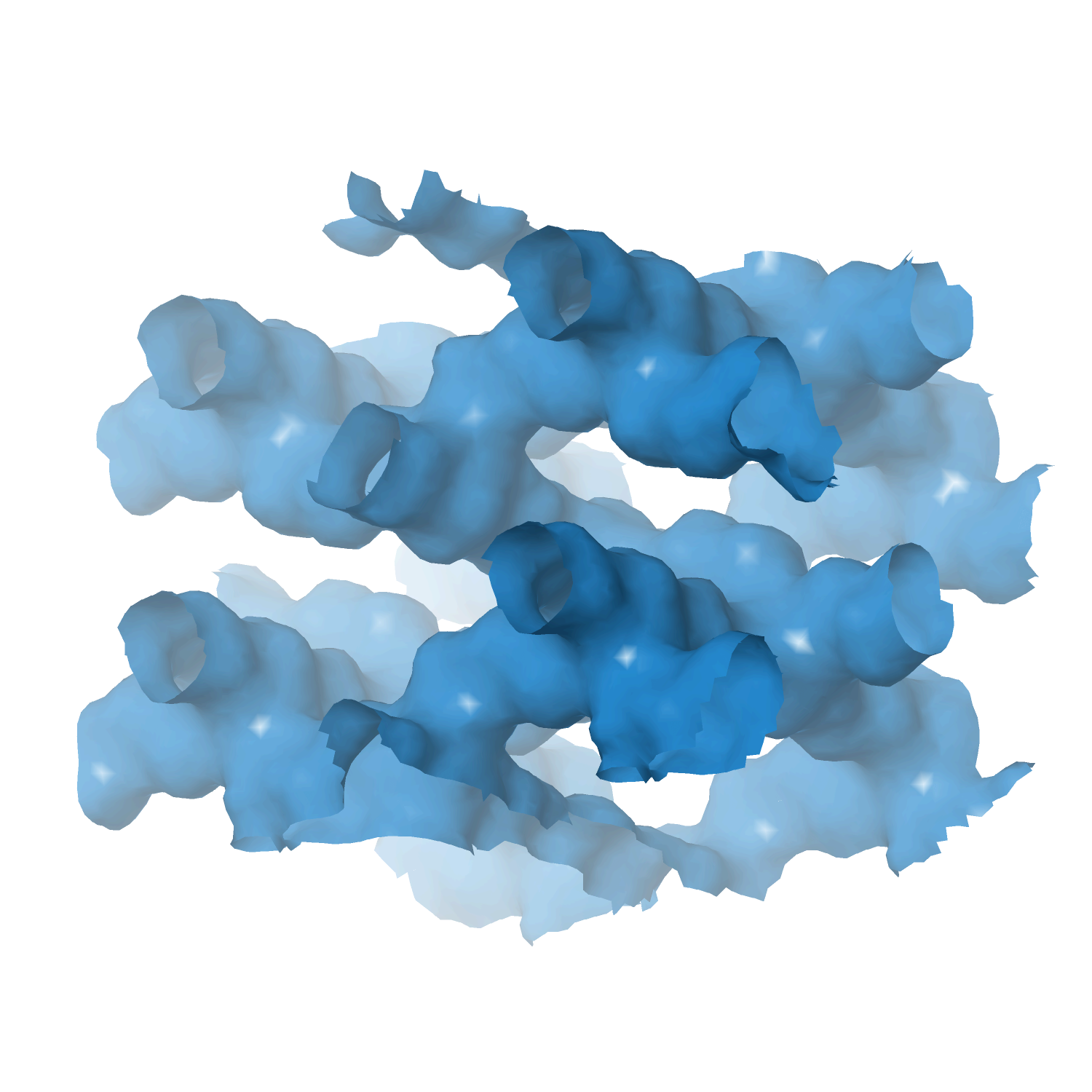Heterogeneous catalyst engineering ⇒ from stable and deactivation resistant to viable technical catalyst
Advances in heterogeneous catalyst “structure” are driven to improve their “function” or performance, i.e., activity, selectivity, and stability. Cooperative research is required to understand the structure and function relationships: developing new synthesis protocols for heterogeneous catalysts with unique surface properties, defined porosity, identification and understanding of catalytically active sites, reaction mechanisms, and finally, prediction and analysis of the processes using various computational tools.
Our group focuses on developing new catalyst formulations using innovative synthesis routes for various important heterogeneous catalysts. That includes thermal, electro, and bio-electro catalysis.
The active phase cannot be used directly in its final application or reactor for various reasons, including poor mechanical resistance, heat or mass transport, and fluidization features. We must mix the active phase with other ingredients in a matrix of binder and filler, while we shape it into a technical catalyst. We investigate new synthetic protocols for technical catalysis using spray drying and fluidized beds to cover the whole range of sizes. At the same time, we incorporate additional (unconventional) ingredients such as SiC to improve some features even further.
- Technical catalyst I ⇒ spray drying and extrusion
- Technical catalyst II ⇒ spray fluidized bed reactor
- Technical catalyst III ⇒ electrospinning
- Zeolite catalysts ⇒ with defined structure/porosity
- Multi-metal (high entropy) alloy catalysts
- MXene catalysts ⇒ single and multi-dimensional
- Perovskite catalysts
- Metal-organic framework (MOFs) catalysts
- Supported metal/metal-oxide catalysts
- Aerogel catalyst
Mechanistic and kinetic effects of Ga on a Cu catalyst for CO₂ hydrogenation to methanol
by
Yerrayya, Lezcano, Velisoju, Trueba, Kulkarni, Almofleh, Aljama, Castaño
J. CO2 Util.
Year:
2025
DOI:
https://doi.org/10.1016/j.jcou.2025.103086
Abstract
This work investigates the mechanistic and kinetic effects of gallium (Ga) promotion on copper (Cu) catalysts for carbon dioxide hydrogenation using the density functional theory (DFT), in situ infrared spectroscopy, and mean-field microkinetic simulations. The DFT calculations reveal potential reaction pathways for methanol synthesis, emphasizing the role of formate (HCOO) and carboxyl (COOH) intermediates on Cu (111) and Ga–Cu (111) surfaces. The in situ infrared spectroscopic analysis identifies surface intermediates, validating DFT-predicted mechanistic trends and confirming the preferential COOH pathway on unpromoted Cu catalysts and the HCOO pathway on Ga–Cu catalysts. Microkinetic simulations demonstrate how Ga promotion alters reaction kinetics, favoring the HCOO pathway via H₂COO** formation and explaining the enhanced methoxy intermediate generation on Ga–Cu, which is critical for dimethyl ether production. The temperature effects demonstrate a kinetic shift toward the COOH pathway on Cu catalysts, contrasting with the stability of the HCOO pathway on Ga–Cu. This integrative study demonstrates the significance of Ga in modulating surface chemistry and reaction mechanisms, offering a foundation for designing efficient methanol synthesis catalysts.
Keywords
MKM
HCE
CO2
